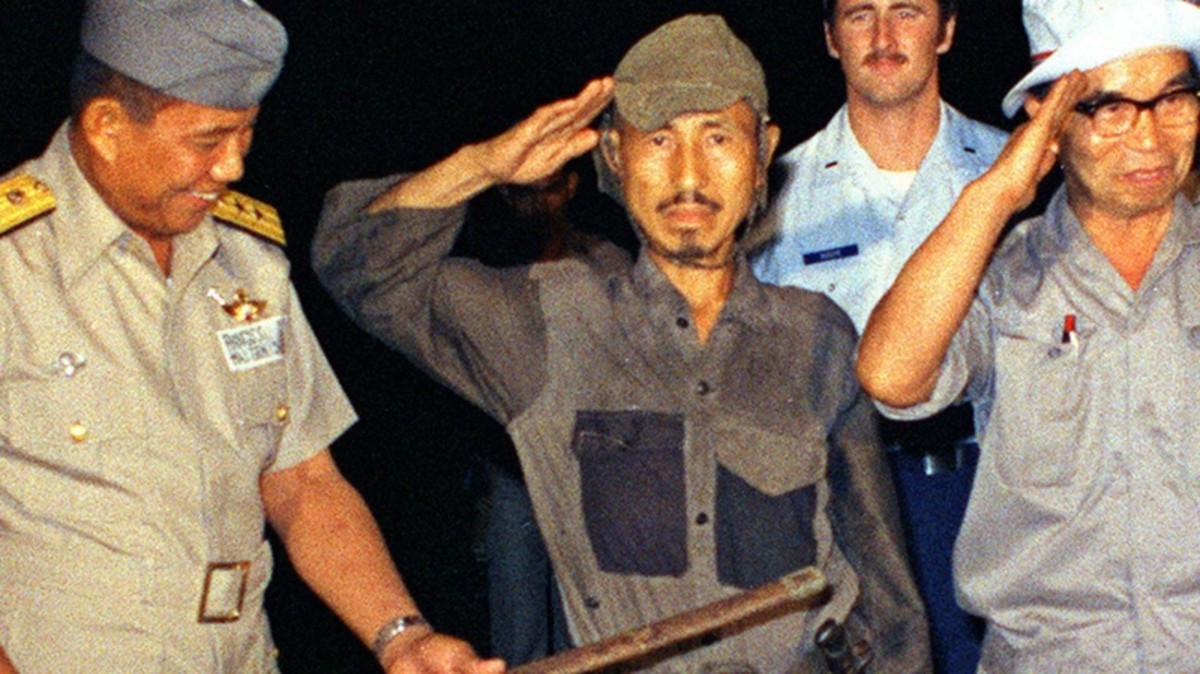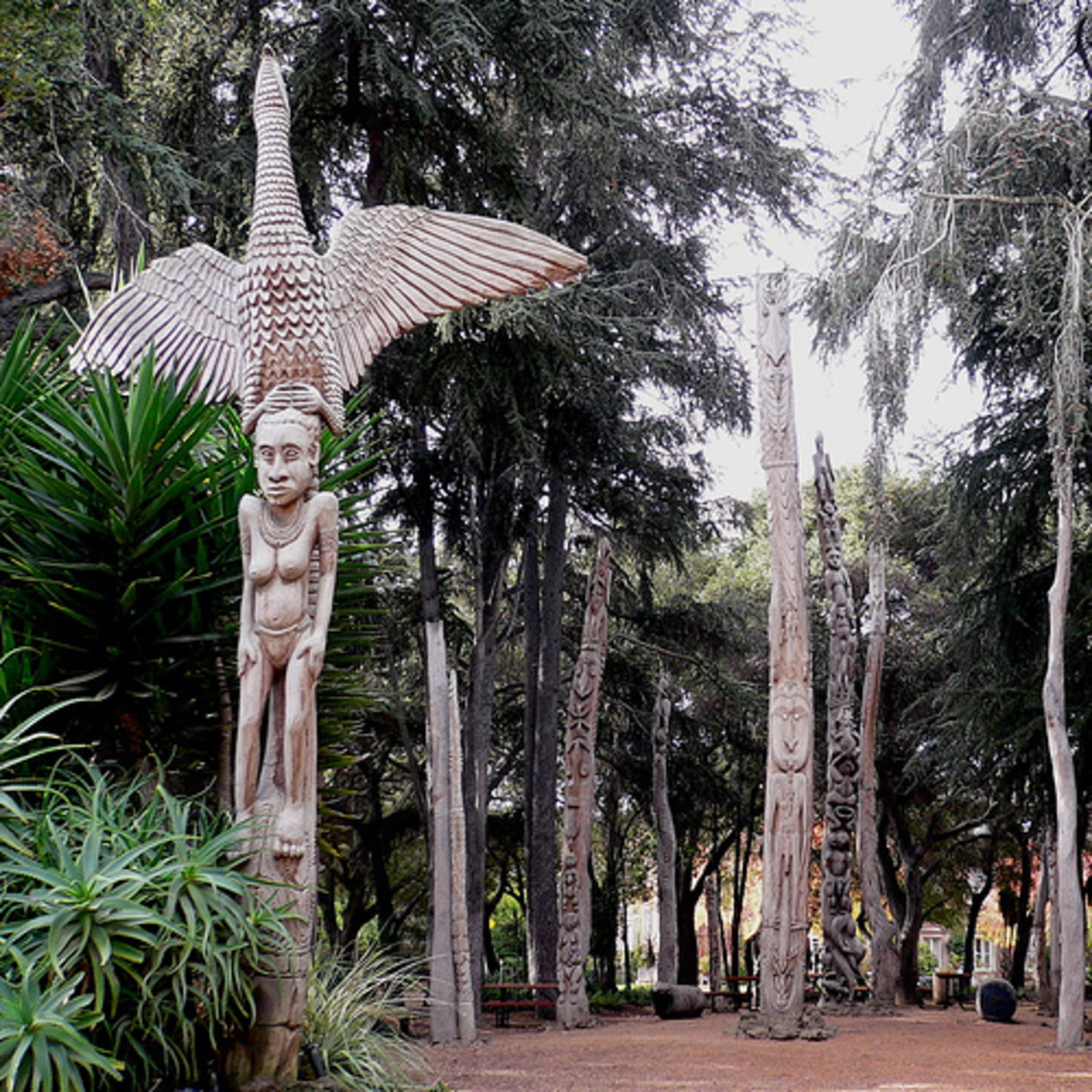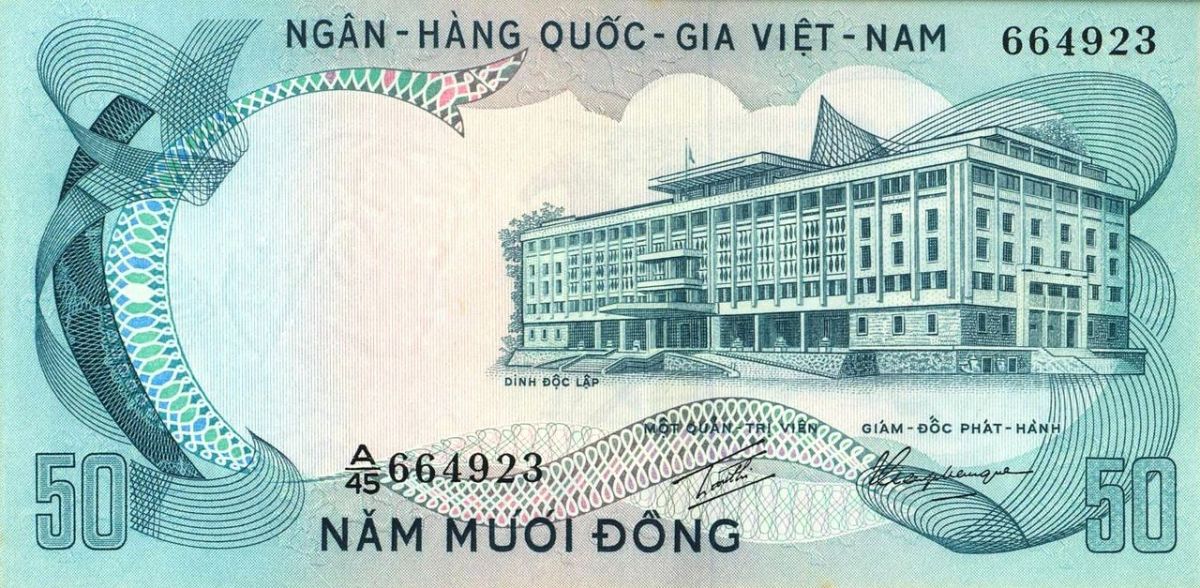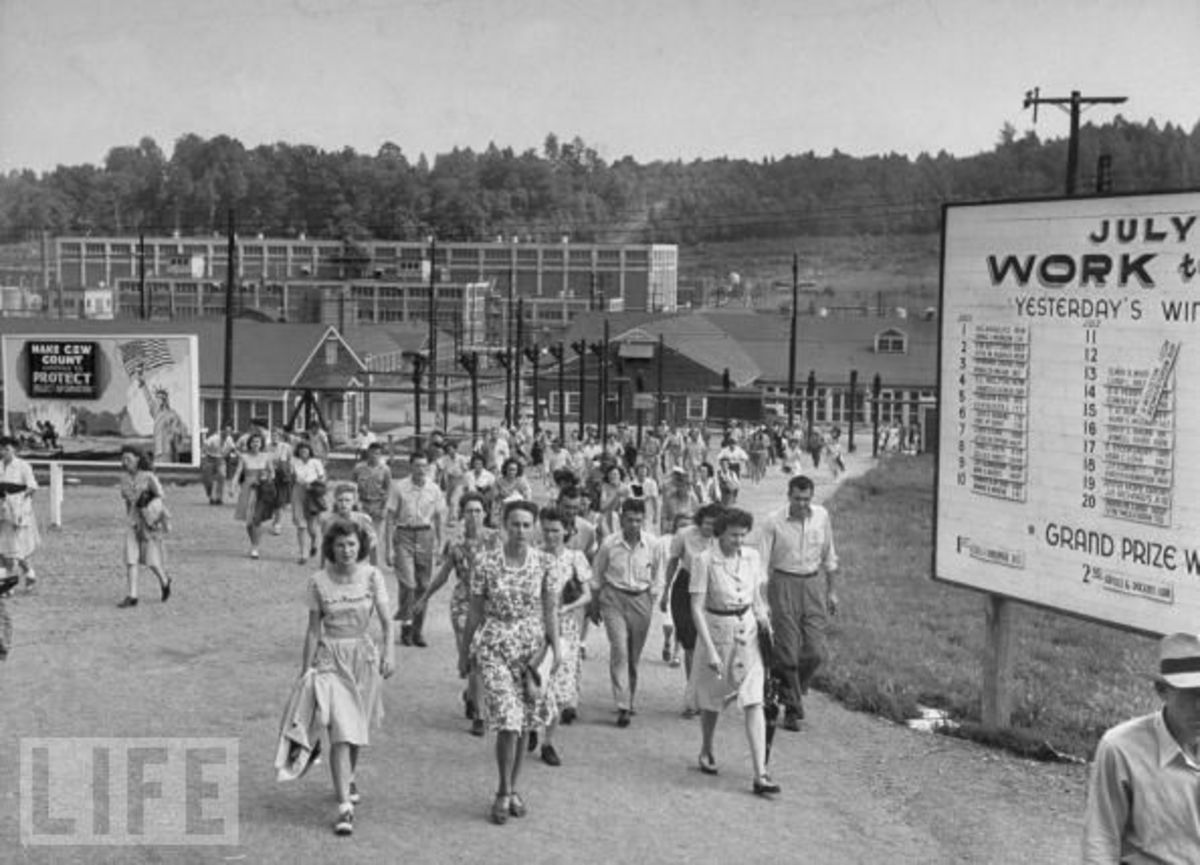Samurai - The Way of the Warrior
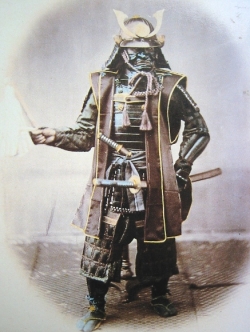
The Samurai - A Warrior Class
Nothing captures the idea of Japan like the image of a samurai, wearing his two swords and clad in his distinctive armor. The origins of the samurai reach as far back as 200 A.D. Early Japan had no central government, and there was fighting among the various clans. At first, the warlords depended on farmers to fight for them and their lands, but they learned it was better to rely on professional warriors. These warriors were trained in the martial arts and became weapons experts.
Reforms by Emperor Taika in 646 saw the development of a warrior class and the creation of a feudal system - where a few landholders held large amounts of land, power and wealth. These lords, or daimyo, needed warriors to protect their interests, and a warrior class was born. These warriors were originally called "bushi," a Chinese term referring to a warrior or armsman. It was a name given to ancient Japanese soldiers from traditional warrior families. Bushido, the teachings of the samurai, is derived from this term.
By the 900s, these warriors were called samurai, meaning "those who serve." They are first mentioned in an anthology of Imperial poems written in 905. By the 1100s, the samurai were recognizable as a distinct class. They no longer exist as a class today, but they still wield influence in the everyday life and the martial arts of the Japanese.
Download my ebook - The Way of the Samurai
Daughter of the emperor, Akemi dreads being destined to the quiet ways of court life. She longs for adventure, and it comes her way when Kintaro re-enters her life. Once betrothed to her, Kintaro was taken from the Emperor's court, and from her life, when she was just a girl. But fate has led him back to her, and adventure lies in her path. The Way of the Samurai is available on Amazon for download to your kindle. It is a love story set in feudal Japan and embraces the lives of the samurai and those who live around them.
The Sport of Kendo - The Way of the Sword
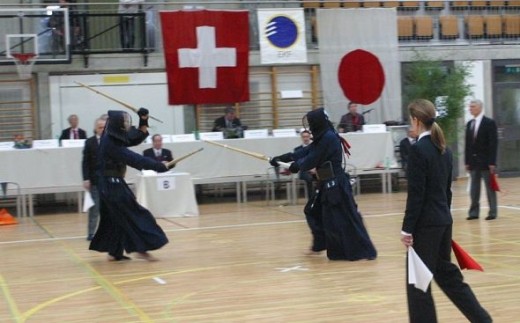
Kendo is a modern-day martial art descended from the swordsmanship of the samurai. It is fought with bamboo swords rather than steel katanas.
Age of the Samurai
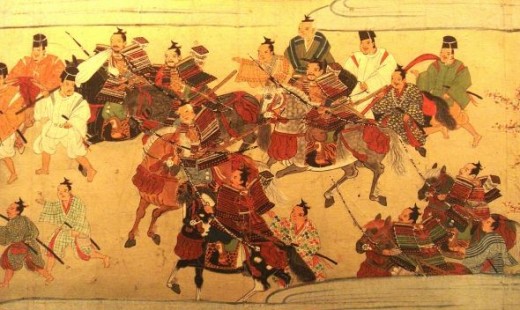
The peak of samurai influence was 1200 to 1650. This was the age of the samurai. The samurai served the aristocracy of feudal Japan. Before this period emerged there were two powerful samurai clans at war: the Minamoto clan, and the Taira clan. They fought during the Gempei war, with the Minamoto gaining the upper hand and establishing Japan's first shogunate in 1192. The emperor now became a figurehead, with the real power held by the shogun.
A shogun was a military leader. He led Japan's most powerful samurai clan, which was called the shogunate. Daimyo were the powerful samurai lords who ran the shogun's lands and estates. They were the highest rank of samurai. Samurai beneath them were loyal to their daimyo and the shogun.
Samurai became an elite class of warriors. In 1588, shogun Toyotomi Hideyoshi made it illegal for farmers and merchants to carry swords. A few years later, he made it illegal for samurai to become farmers - their lives were now dedicated to the art of warfare. Only children of samurai could become samurai. Masterless samurai were called ronin and were looked down upon. This was the peak of samurai influence and power.
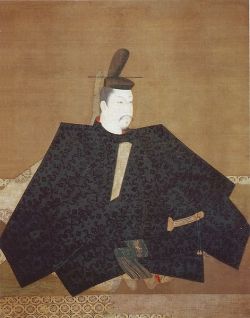
Shogunates of Feudal Japan
Kamakura Shogunate
The Kamakura shogunate lasted from 1192 to 1336. It was established by Minamoto no Yoritomo. During the Gempei War, he defeated the Taira clan and seized control of Japan. He established the first shogunate, and although his rule would only last seven years, his system of shogunates would last until 1868.
Certain precedents were established with this first shogunate. The title of shogun would be passed down through the family line. Daimyo were placed in charge of provinces; they were to uphold law and order. Samurai were to report to the daimyo; the samurai conquered land for the the shogun. The last ruling family of the Kamakura shogunate was the Hojo clan, which was overthrown in 1336. However, the system of shogunates had been firmly established.
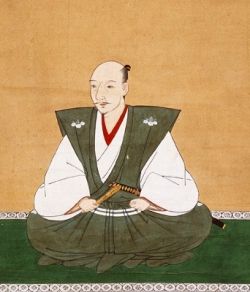
Ashikaga Shogunate
The Ashikaga shogunate lasted from 1336 to 1573 and was established by Ashikaga Takauji. His clan sided with the emperor against the Kamakura shogunate. After the fall of this shogunate, the emperor took on more duties, which weakened the position of the new shogun. He now had to rely heavily on the loyalty of the daimyo and the samurai.
Civil war erupted among the daimyo in their bids to increase their power. This led to the Sengoku period, or the Warring States Period, which lasted into the 17th century. One of the daimyo, Oda Nobunaga, installed Ashikaga Yoshiaki as shogun. However, Yoshiaki was only a puppet ruler. Nobunaga drove the Ashikaga shogunate out of Kyoto, the Imperial capital, in 1573. The shogunate collapsed, bringing an end to the rule of the Ashikaga clan.
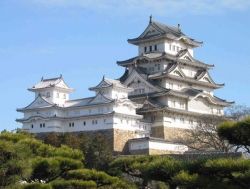
Tokugawa Shogunate
The Tokugawa shogunate was to last the longest, from 1600 to 1869. This shogunate ruled during the Edo period of feudal Japan. It was established by Tokugawa Ieyasu when he defeated the warring daimyo during the Battle of Sekigahara. He established his capital at Edo - modern-day Tokyo - then a quiet fishing village in the Kanto plains. He ordered the samurai to live in Edo, and established a shogunate that would rule for more than 250 years.
Ieyasu ruled for only two years, establishing his son as shogun in 1605. He may have wanted to untie himself from ceremonial duties, to ensure the succession of his family line, and to keep his enemies from attacking the true seat of power. Regardless of his motives, Ieyasu remained the true power behind the shogun until his death in 1616.
The Tokugawa shogunate brought a period of relative peace and stability to Japan. It brought a strict social order, based on four divisions of class: the samurai, peasants, artisans and merchants. Their rank was determined by philosophies of Confucianism. Samurai set the moral example. Farming peasants produced the most important commodity to society, food. Artisans contributed non-essential goods. And last there were merchants, who profited without producing any goods.
The Decline of the Samurai
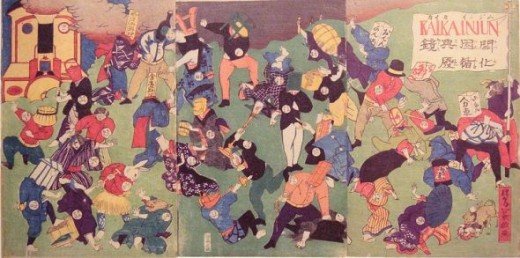
With the years of peace during the Tokugawa shogunate, the usefulness of a warrior class gradually declined. Samurai, forbidden to work as the merchant class gained wealth and pronimence, became government officials. They pursued philosophy, writing and the arts. In 1867, the 15th and last shogun, Tokugawa Yoshinobu, resigned from power
Daimyo in the south launched the Boshin War, which lasted from 1867 to 1869, in order to ensure that power would now rest with the emperor, and not a military leader. With the installation of a young Emperor Meiji, the Meiji Restoration was announced. Samurai lost their right to wear their swords in public, A modern, conscripted army was now put into place, although many of its ranks were made of men who were once samurai.
The samurai made one last stand against the changes brought on by the Imperial government led by Takamori Saigo. The samurai lost the rebellion in the Battle of Shiroyama. Saigo, critically wounded, had a lieutenant take his life by beheading him. He was the last true samurai, and with his death, the Age of the Samurai had come to its end.
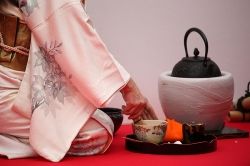
The Culture of the Samurai
"The Pen and the Sword in Accord"
During peaceful times, samurai were expected to be both cultured and ready for war. This gave birth to "the pen and the sword in accord." There was to be harmony in learning and fighting. Samurai became painters, philosophers, and historians. By the 12th century, upper-class samurai were highly literate, surpassing the literacy rates of central Europe.
Samurai idealized the arts. They became skilled in calligraphy, flower arranging, writing, music, and poetry. The tea ceremony become very important to them. The actions of the tea master were slow and precise. There was no distinction between guests, whether they were daimyo, samurai, or commoner. Doors to the tea room were no more than three feet, forcing the guest to bow in humility before entering.
The Autumn mists,
Rising as you departed,
For your sake
Amidst clouded thought
I have lost my way, I feel.
Fujiwara no Mototoshi
Would you live as a ronin? - Ronin were masterless samurai. A samurai was to follow his master into death. Therefore, ronin were seen to be without honor.
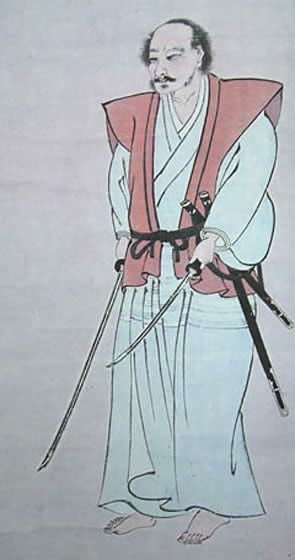
Would you live as a masterless ronin?
Weapons of the Samurai
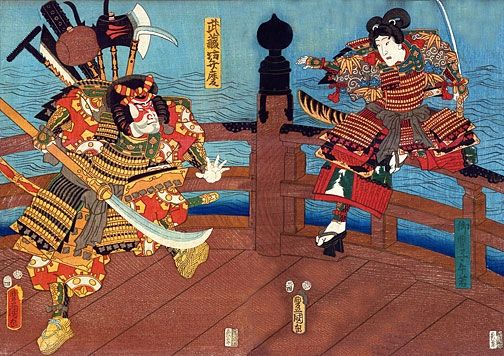
What is a warrior without his weapons? Samurai had many different types, although they are most noted for their swords. Their sword was called the "soul of the samurai." The katana was a long sword that hung from the belt. It had a curved blade and was about sixty centimeters long. It was used with two hands, and originally had a straight blade. It began to be curved during the 1200s and the 1300s.
The katana was a marvel of engineering, taking more than a month to craft. It was no ordinary sword, and its making involved careful rituals. Certain foods were not eaten, certain activities were avoided, and the swordsmith underwent ritual purification. A shrine was kept next to the furnace so offerings could be made to the kami, nature spirits.
The katana was hammered and folded, heated and cooled, dozens of times, making it springy and giving it its legendary razor-edge sharpness. The wakizashi was a shorter version of the katana - about thirty centimeters long. These two swords were worn together and were called daisho - "long and short." They became symbols of the samurai's power and authority.
Samurai were also renowned for their use of the bow and arrow. High-ranking samurai practiced at using them on horseback, an art requiring great skill. Samurai also used the naginata, a long pole with a curved blade at its end. During the Edo period, the daughters of samurai practiced with this weapon. Firearms were introduced by the Portuguese in 1543. They were used on a large scale, although bow and arrows were preferred - they were more accurate and could be reloaded more quickly.
A Samuriai's Armor
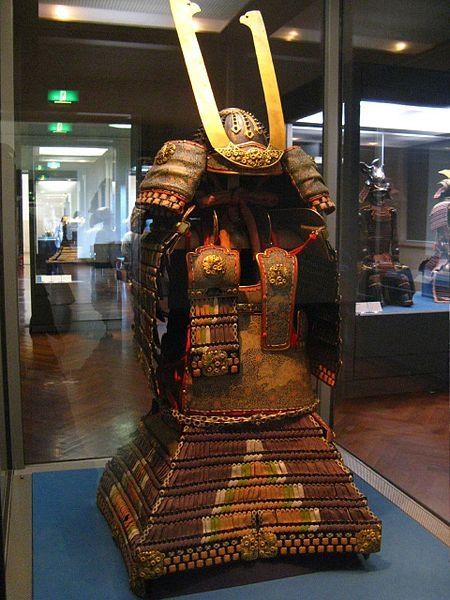
A samurai is known for his distinctive armor. It developed over the centuries as battle strategies changed. Their armor was made from metal plates laced together with silk or leather cords. The plates were painted with lacquer to prevent rust. Colors and patterns were introduced to indicate a samurai's rank or clan.
Originally, yoroi armor was box-like, designed for samurai mounted on horseback. It was heavy and difficult to move in. The helmet, called a hachi, was a heavy, iron bowl with a neck guard attached. It had shoulder guards, sleeve armor to protect the arms and hands, and an armored apron attached to the torso with a silk cord. Helmets were often decorated with antlers or crests.
During the 1300s, battles were increasingly fought on foot, calling for lighter, more flexible armor. This led to do maru armor. The torso plate wrapped around the arms and legs, allowing greater freedom of movement. This armor was adopted for hand-to-hand combat and was worn well into the 1500s.
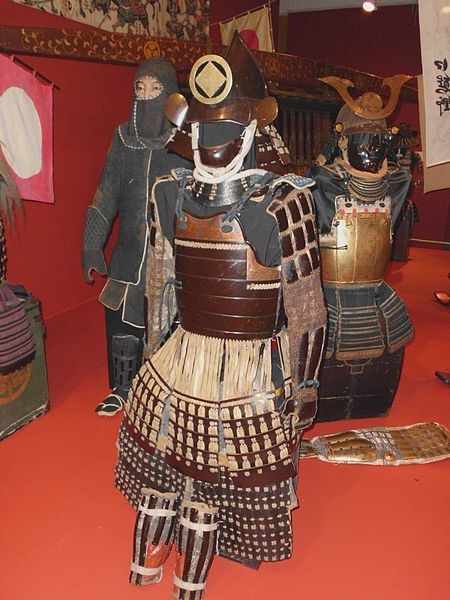
Tosei gusoku armor was adapted for the use of firearms. It was made from metal plates rather than individual scales. They were usually joined together with hinges and laces rather than silk cords. The last known use of samurai armor was during the Satsuma Rebellion of 1877.
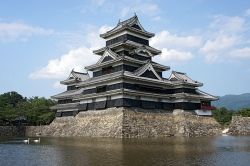
Japanese Castles
The daimyo needed fortifications to protect their land and homes. Castles were the answer. They were built in strategic locations: ports, rivers, crossroads. A daimyo's castle was his military headquarters. It was used for the storage of food and weapons, and barracks for their armies of samurai.
Castles were built to impress, with their size, architecture, decorations, and elegant interiors. Builders made use of the mountains and hills of Japan. In time, castles were built in open spaces to allow for the construction of towers and gateways. Castles on flat land had a series of dry ditches and moats for protection.
Before the feudal period, wooden palisades and towers were built. The first stone walls were built in the 1100s. By the 1300s, daimyo were building stone walls to protect the castle. At one time, there were about 5,000 castles dotting the Japanese landscape. Today, about 100 remain standing.
It is not the Way of the Warrior to be shamed and avoid death even under circumstances that are not particularly important. It goes without saying that to sacrifice one's life for the sake of his master is an unchanging principle. That I should be able to go ahead of all the other warriors of this country and lay down my life for the sake of my master's benevolence is an honor to my family and has been my most fervent desire for many years.
Torii Mototada
What is Bushido?
Bushido means "way of the warrior." It was a code of moral ethics that samurai were expected to live by. It embraced the principles of honor that were legendary to the samurai's way of life. The roots of bushido can be traced to the teachings of Buddhism, Confucianism, Zen, and Shintoism.
Confucianism taught the value of relationships. This was embodied in relationships between masters and their servants, fathers and their sons, husbands and their wives. It also taught reverence for the past, submission to established customs and authority, and ethical behavior. Buddhism taught that people were reincarnated; there was no fear in death. Zen taught the samurai the importance of meditation and self-belief; these were used to ward off fear in battle. Shintoism taught loyalty, especially to the emperor, to the shogun, and to higher ranks of samurai.
The Seven Virtues of Bushido
- Rectitude - "gi"
- Courage - "yu"
- Benevolence - "jin"
- Respect - "rei"
- Honesty - "makoto"
- Honor and glory - "meiyo"
- Loyalty - "chugi"
Sepukku - The Ritual of Suicide
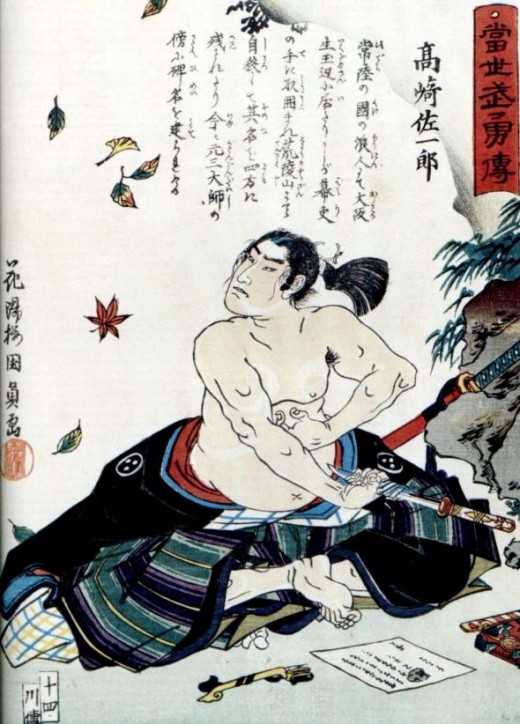
Dying an honorable death was at the center of the teachings of bushido. Seppuku was ritual suicide involving cutting the stomach. It preserved honor in the face of defeat, injury, or disgrace. Its performance was seen as an act of bravery, and was to be done without any show of fear or pain. In fact, this ritual was so painful that suicide could be aided by a loyal assistant cutting the neck to hasten death.
The ritual of seppuku was reserved for samurai. Aside from allowing an honorable death, it also preserved the samurai from facing torture at the hands of their enemies in the event of defeat. It was usually performed as part of an elaborate ritual in front of spectators. The short sword, the wakizashi, was plunged into the stomach and drawn from the left to the right. Often, a death poem was written before seppuku was performed. Saigo Takamori, the last true samurai, ended his life with suicide at the end of the Satsuma Rebellion.
Autumn wind of eve,
blow away the clouds that mass
over the moon's pure light
and the mists that cloud our mind,
do thou sweep away as well.
Now we disappear,
well, what must we think of it?
From the sky we came.
Now we may go back again.
That's at least one point of view.
Death Poem of Hojo Ujimasa
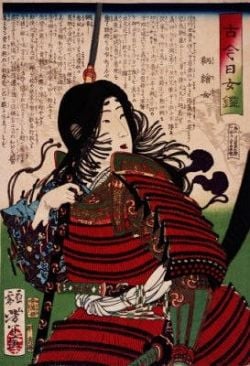
Women in the Age of the Samurai
Although it was seen as an honor to marry a samurai, wives of samurai were not seen as equals. They ran the samurai's household while their husbands traveled abroad or were involved in clan battles. Besides managing a home and raising children, the wives were sometimes called upon to defend their homes. They were trained to use a knife in the art of tantojutsu - "the skill of the knife."
Confucianism demanded three-fold submission from a samurai's wife: to her husband, to her husband's parents, and to her adult, male children. A wife managed a samurai's property, keeping records and seeing to financial matters. She was also in charge of the education of the children and caring for elderly parents and in-laws.
Marriages were generally arranged by a samurai of the same of higher rank, with samurai marrying women from samurai families. Divorce was rare. It sometimes took place if a son was not born to the samurai, but in these cases, adoption could be arranged. Divorcing for personal reasons would embarrass the samurai who had arranged the marriage in the first place. There was little room for romantic love, and it was permissible for a samurai to visit a courtesan, although they were not to allow emotional entanglements to develop.
Although women married to samurai enjoyed a position of status, they were still viewed as inferiors. They rarely held any power in samurai society, although history furnishes us with some exceptions. Tomoe Gozen became a high-ranking officer in the Gempei War. She was skilled with the bow and arrow and could tame wild horses with ease. Ancient sources say "she was a warrior worth a thousand."
Hangaku Gozen was a female warrior who also fought during the Gempei War. She was the daughter of a warrior with the Taira clan. During an uprising in 1201, she led an army of 3,000 against 10,000. She was wounded and captured, and taken to the shogun as a prisoner of war. One of Minamoto's samurai fell in love with her, and she was given to him in marriage.
The five worst maladies that afflict the female mind are: indocility, discontent, slander, jealousy, and silliness. Without any doubt, these five maladies infest seven or eight out of every ten women, and it is from these that arises the inferiority of women to men.
Greater Learning for Women
Samurai Movies From Amazon
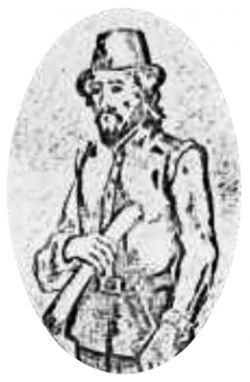
Who Was William Adams?
William Adams was an English sailor and adventurer who lived from 1564 to 1620. He was the first Caucasian to receive the dignified title of samurai. Shogun Tokugawa Ieyasu presented him with the two swords of the samurai, symbolizing his authority. He decreed that William Adams was now dead; Miura Anjin, a samurai, was born.
He was made a direct retainer in the shogun's court and given generous revenues. He was also given eighty or ninety servants and an estate valued at 250 koku - a koku of rice equaled about 180 liters, enough to feed a man for one year. He wrote that "God hath provided for me after my great misery," referring to the disaster-riddled voyage that brought him to the shores of Japan.


![Seven Samurai (The Criterion Collection) [Blu-ray]](https://m.media-amazon.com/images/I/31gmvs4VbNL._SL160_.jpg)

